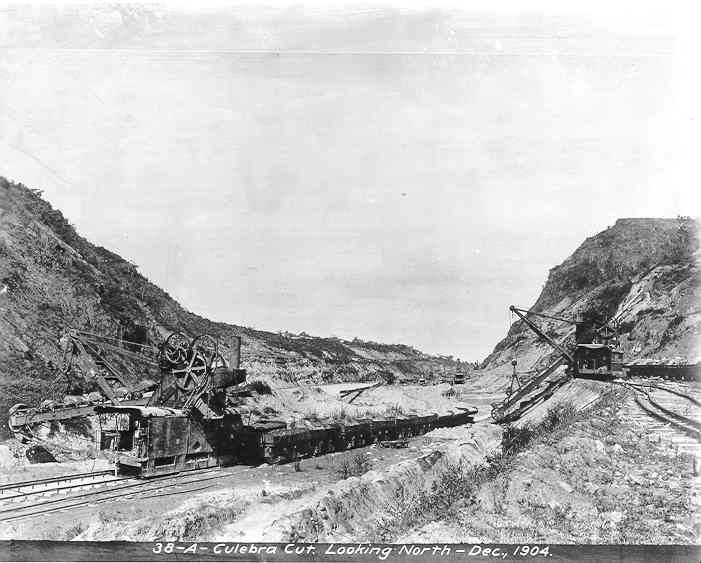
This week in civil engineering history: On May 20, 1913, a milestone in constructing the Panama Canal is achieved with the breakthrough of the Culebra Cut, the deepest excavation at the summit of the canal.
Excavation at Culebra Cut began in 1881 with the French attempt to build a sea level canal between the Atlantic and Pacific Oceans through the isthmus of Panama. A misjudgment of the of the Culebra ridge geology complicated the French operation as large landslides stymied the excavation. By 1886, after years of digging, only a few feet have been removed from the top of Culebra Cut out of the hundreds of feet that would need to be excavated to reach sea level.
By 1888, the French conceded the impact of the unsuitable soil and changed course to build the canal with temporary locks as an interim plan until sea level could be reached. However, a combination of the soils underestimation, disease, labor strife, and financial difficulties led to the collapse of the French effort by the end of the year. In 1894, a second French company was formed for the project, but would not further the canal-building significantly.
The United States took over the project in 1904. At that time, the French had lowered the 210-foot summit by less than 20 feet. The American effort was a lock-based canal, which would require the removal of an additional 150 feet of material, not as deep as the French proposal, but substantially wider. On May 20, 1913, after years of excavating and blasting through the continental divide, steam shovels #222 and #230 met and faced one another on the bottom of the Cut, at 40 feet above sea level.
In total, the French excavated almost 19 million cubic yards of material and the Americans over 100 million cubic yards. It would be another year before the canal was formally opened on Aug. 15, 1914, with the passage of the cargo ship S.S. Ancon. However, the breakthrough at Culebra culminated decades of planning and construction, and it proved a milestone in turning the idea of the Panama Canal into reality.
Reuben Hull, P.E., PMP, M.ASCE, is civil regional manager for LaBella Associates in Albany, New York, and a self-made historian who has penned numerous articles on civil engineering history. An active ASCE member, Hull is a corresponding member and former chair of the History and Heritage Committee, serves as vice president of the Mohawk-Hudson Section, served as president of the New Hampshire Section, 1999-2000, and was named New Hampshire Young Engineer of the Year in 1997.
Follow his daily Civil Engineering Almanac series on Twitter: @ThisDayInCEHist.



